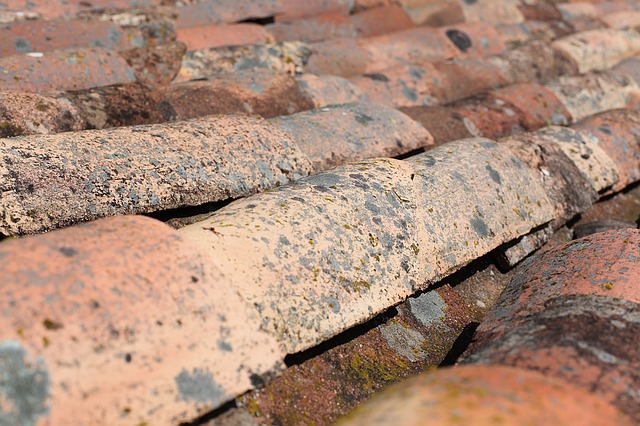How to Determine What Roofing Repair is Required

A roof’s primary function is to protect a home from the elements, but it also needs to perform this task with as little damage as possible. When a proper leak or structural damage is found, homeowners should contact professional roofers immediately. There are many materials that can be used for roofing repairs and each one has advantages and disadvantages.
The first step in determining the type of repair required is looking at the location of the leak. Small leaks can usually be fixed with sealant or flashing tape, but leaks need to be repaired promptly before they lead to outflow problems that need more expensive fixings. A qualified roofer will know which type of material is best suited for the repair and has access to several materials.
If a shingle is damaged, it can usually be replaced by removing the surrounding nails and carefully replacing the shingle. If there are multiple shingles that are damaged or need replacement, professional roofers are necessary for the job. There are many different types of asphalt roofs that use individual pieces instead of shingles. Many times when these materials are damaged they need to be removed quickly in order to prevent water damage below them. Aluminum-backed material often does not allow traditional metal flashing techniques because it can corrode in contact with aluminum in addition to melting in high temperatures. A different technique must be used in order to install this type of roofing properly. Newer products like PVC-backed material allow traditional roofing techniques to be used.
Metal roofs require the most skill of any type of roof because there are many different types that can corrode or need replacement quickly. Steel is generally covered with a rubberized material like EPDM, but this does not mean it cannot be damaged by hail or heavy snow. Other metal options include copper and aluminum, which do not have a protective covering and rely on a good installation to prevent damage from moisture in addition to use in high temperatures. A qualified roofer will know which products work best for each area depending on the weather conditions and needs of each home.
Asphalt shingles are the most commonly used roofing material. They are available in many different colors and types to match any home. Asphalt is naturally made of rubber, which makes it elastic but vulnerable to certain problems that can cause leaks or damage despite proper installation. The asphalt used for roofs must be flexible because there are gaps where each piece overlaps another one on top of it down the length of a roof. If the material becomes stiff due to age it is more likely to crack during changes in temperature or heavy weight on top of it, causing leakage or damage underneath them. A professional will ensure that all materials meet building codes so they do not become damaged or fall off prematurely as well as assessing weather conditions such as hail and heavy snow before installation.